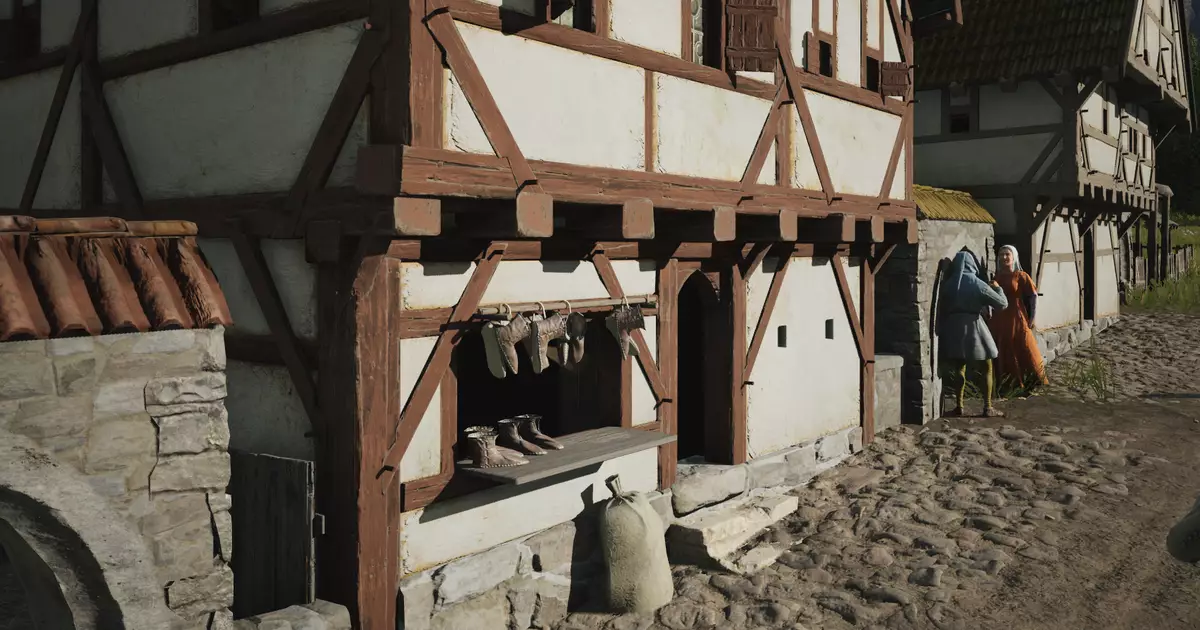In the world of city builders, patience is often a virtue rewarded with richly evolved gameplay. Manor Lords, a game that transports players to late 14th-century Franconia, exemplifies this philosophy through its deliberate development pace. The recent hiatus from major updates might cause frustration, especially in an era where rapid-fire patches are the norm. Yet, what appears as inertia on the surface masks a profound dedication to crafting an authentic medieval simulation. Slavic Magic, the developer behind Manor Lords, is choosing to undertake a comprehensive overhaul rather than succumb to the temptations of superficial quick-fixes. This approach underscores a commitment to elevating the game’s complexity, depth, and historical fidelity, positioning Manor Lords not merely as a city builder but as an immersive sandbox of feudal life.
This strategy, while slow, is arguably more aligned with the game’s ambitious scope. The developers understand that rushing updates—adding features in small, isolated patches—can fragment the experience and compromise stability. Instead, they are consolidating major systemic reworks into one expansive update that promises to redefine core mechanics. This decision reflects a prioritization of quality and depth over quantity, fostering a player experience that is both challenging and rewarding. It also suggests a clear vision: to create a medieval sim that doesn’t just look authentic but feels genuinely alive, with systems interconnected in ways that mirror the intricacy of feudal society.
Reimagining Systems: From Buildings to Environmental Interactions
The heart of the upcoming overhaul lies in transforming how systems interact within Manor Lords. The existing mechanics, while functional, have limitations that restrict the game’s strategic potential and atmospheric immersion. Slavic Magic’s rework aims to overhaul building functionalities and their relationships with the environment, emphasizing a more nuanced and realistic simulation of medieval resource management and community development.
A particularly ambitious feature being introduced is the “building affinity” system based on environmental types. Unlike previous radius-based effects, which conflicted with the game’s plot system and constrained creative layouts, this new approach links buildings to specific biomes—Meadow, Woodland, Farmland, Rural, and Urban. For instance, apiaries will thrive better among woodland regions, enhancing pollination benefits, while urban settings will favor houses and certain artisan workshops. This introduces a layer of strategic planning that forces players to consider environmental microclimates carefully, mirroring the ecological considerations faced in feudal land management.
Such a system promises to deepen gameplay by fostering organic development patterns. Players will need to weigh the environmental affinities of their structures and craft their settlements in ways that maximize natural synergies. It challenges the traditional city builder design of uniform effects radiating outwards, instead favoring intelligent placement and environmental stewardship—adding realism and a stronger sense of place.
The Promise of a Richer, More Immersive Medieval Experience
Beyond systems reworks, the upcoming update hints at a broader commitment to creating immersive environments that faithfully evoke medieval life. The introduction of the map “Divided,” with its imposing mountain range slicing through the landscape, promises to add geographical diversity and strategic depth. Such terrain features aren’t mere aesthetic choices but integral to territorial control, resource access, and defensive planning—hallmarks of feudal lordship.
In addition to landscape innovations, the developers are previewing an array of new visual and functional elements: detailed shop fronts, artisan workstations, reinforced fortifications, and even new development perks. These additions are designed to enhance the visual storytelling and mechanical complexity of the game, offering players more tools to craft authentic settlements. Seeing through fortifications symbolizes a desire for transparency and control, reinforcing the strategic importance of defense and infrastructure.
Critically, these enhancements are not just cosmetic but serve as vital building blocks for a more intricate and believable Medieval society. By focusing on environmental compatibility, infrastructure details, and aesthetic authenticity, Manor Lords is evolving into a simulation that invites contemplative, strategic engagement. It’s an immersive experience where every decision echoes the realities of a feudal world—challenging players to master not just city management, but ecological harmony and societal nuance in a bygone era.

